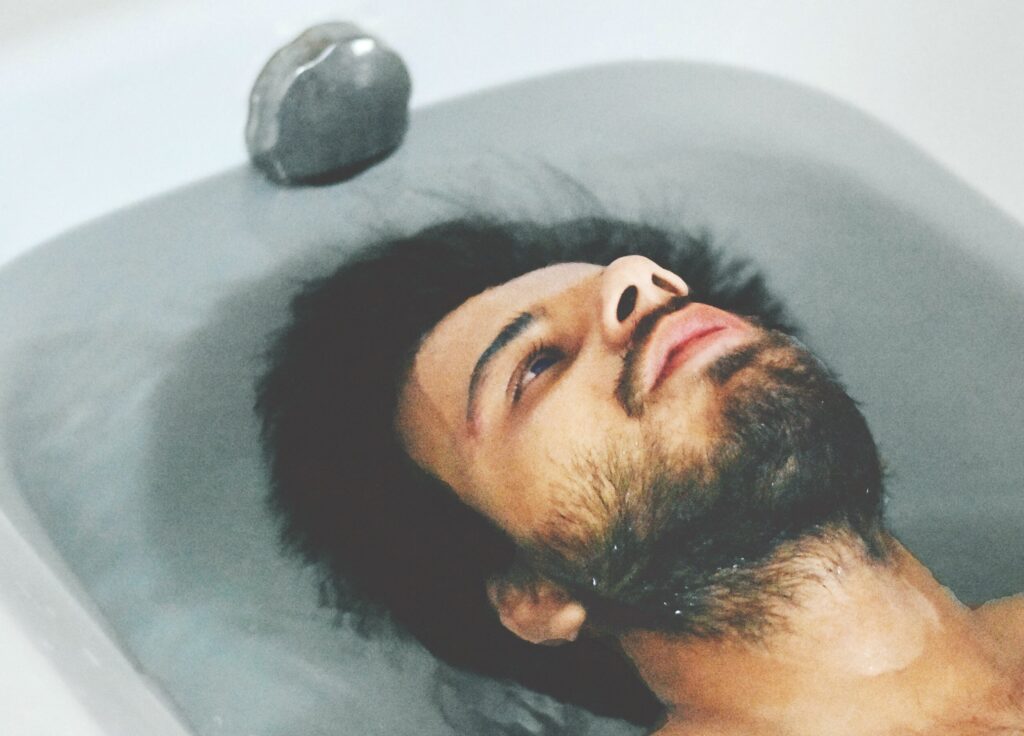Diagnosing Anxiety
2020 has been a challenging year for mental health, filled with unknowns and anxiety-inducing events. From COVID-19 and its inherent health risks to the isolation imposed by quarantine and social distancing, we can all agree that a certain amount of anxiety is appropriate. That said, with the reopening of the country and thus our reintroduction into society and social situations, it’s important that we assess what is a healthy amount of caution, versus what could be categorized as a social anxiety disorder.
According to The National Institute of Mental Health, “Social anxiety disorder (formerly social phobia) is characterized by persistent fear of one or more social or performance situations in which the person is exposed to unfamiliar people or to possible scrutiny by others. The individual fears that he or she will act in a way (or show anxiety symptoms) that will be embarrassing and humiliating.”
Recent results from the Census Bureau’s Weekly Household Pulse – which gathers statistical data from adults regarding their mental health over the course of a week – showed that more than 28 percent reported symptoms of anxiety disorder – a stark increase from last year’s findings from the same time of only eight percent.
How an anxiety disorder manifests in the wake of the pandemic will depend on the “new normal.” For example, with physical distancing shaping the social scene of our country, whether you work to maintain your relationships or not might be an apt indicator of if you are suffering from an anxiety disorder, and more specifically, a social anxiety disorder. If you find yourself dreading social interactions or exhibiting the aforementioned symptoms, it might be time to speak with a mental healthcare practitioner to find a treatment option that is right for you.
Treating Social Anxiety
Whether you’re experiencing temporary shock related to reentry into social situations, or you’ve always struggled with social anxiety, there are always ways to manage your symptoms. Some examples include counseling, medication, physical activity, breathing exercises, meditation, or integrated lifestyle changes with variations catered to your needs. With isolation now more socially accepted than ever before, it is important that people are paying close attention to their own mental health, as well as overall wellbeing. Without friends and family within close proximity, gauging behaviors indicative of an anxiety disorder will prove more challenging, as it will be between you and those with whom you choose to share your anxiety struggles.
If you or someone you know is struggling with anxiety symptoms, you are not alone. We are in the midst of a highly stress-inducing time in history – a time in which we feel our health and the health of our loved ones is at risk. However, just as it’s important to social distance for your physical safety, it’s just as important to care for your mental health during this time. To learn more about major anxiety disorders and their respective symptoms, you can visit The Mental Health Collective’s guide to Treating Anxiety.
Written by: S. Mishkin
